Home>diy>Building & Construction>How Much Does Building A Tiny Home Cost
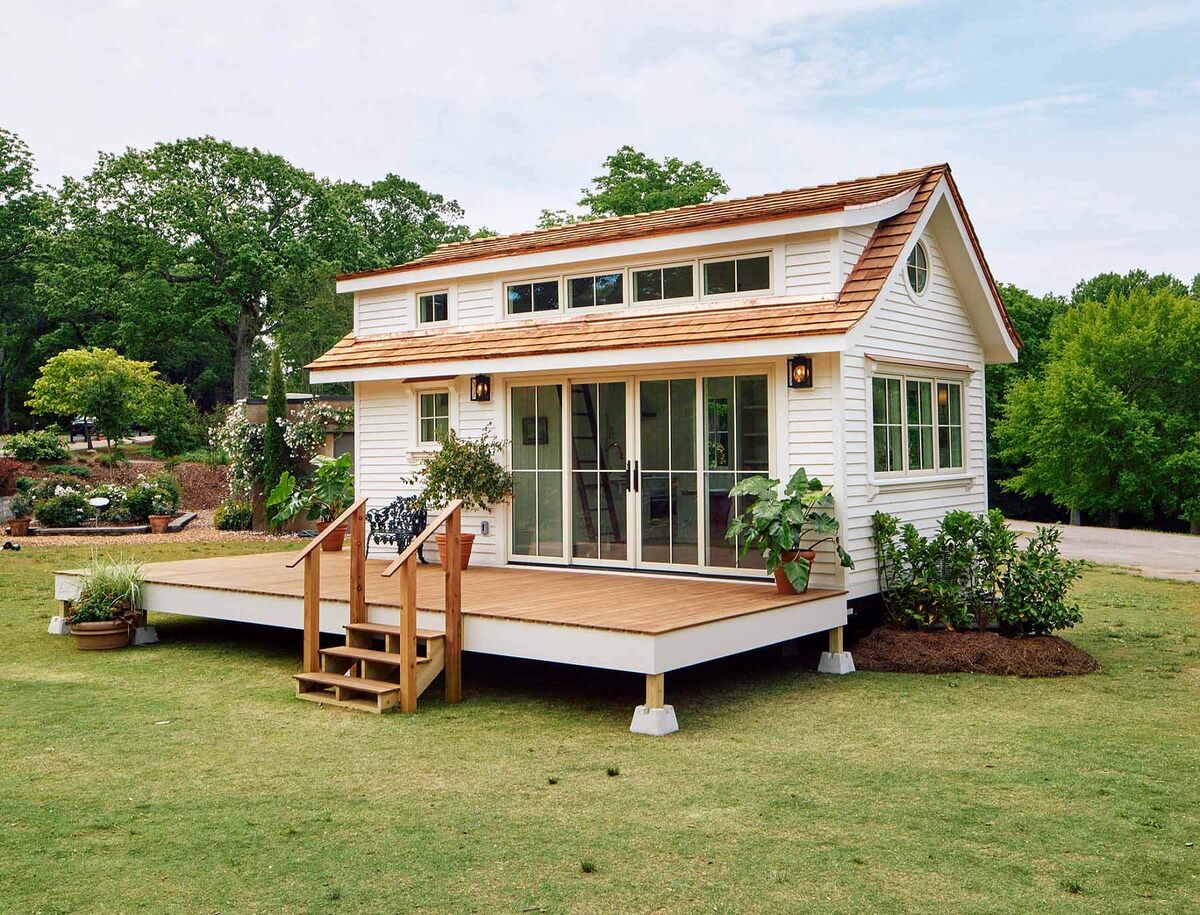

Building & Construction
How Much Does Building A Tiny Home Cost
Modified: August 28, 2024
Discover the average cost of building a tiny home and get insights into common expenses involved in the building construction process.
(Many of the links in this article redirect to a specific reviewed product. Your purchase of these products through affiliate links helps to generate commission for Storables.com, at no extra cost. Learn more)
Introduction
Building a tiny home has become an increasingly popular choice for those seeking affordable, sustainable, and minimalist living spaces. These compact dwellings offer a unique blend of functionality and charm, and can be customized to suit individual preferences and needs.
However, before embarking on the journey of building a tiny home, it’s important to have a clear understanding of the costs involved. While the price of a tiny home can vary greatly depending on various factors, having a comprehensive idea of the expenses can help you plan your budget effectively and avoid any unexpected financial surprises.
In this article, we will explore the factors that affect the cost of building a tiny home, and provide insights into the various expenses that you may encounter along the way. By understanding these costs, you can make informed decisions and create a realistic budget for your dream tiny home project.
Key Takeaways:
- Building a tiny home involves various costs, including design, materials, labor, utilities, permits, and more. Understanding these expenses is crucial for effective budgeting and successful project execution.
- Careful planning and budgeting are essential for building a tiny home. Consider costs for transportation, site set-up, off-grid systems, and additional expenses to create a realistic budget and avoid financial surprises.
Read more: How Much Does It Cost To Build A Chimney
Factors Affecting the Cost of Building a Tiny Home
When it comes to the cost of building a tiny home, several factors come into play. Understanding these factors will give you a clearer idea of what influences the overall expense. Here are the key factors that can impact the cost of your tiny home:
- Size and Layout: The size and layout of your tiny home will have a significant impact on the cost. The larger the size, the more materials and labor will be required, resulting in higher costs. Similarly, a complex and intricate layout may involve additional expenses.
- Location: The location where you plan to build your tiny home can affect the cost. Factors such as local building regulations, the availability of contractors and materials, and even the cost of land can vary from one place to another.
- Quality of Materials: The choice of materials used in construction can greatly impact the cost of a tiny home. Opting for high-quality and eco-friendly materials may increase the upfront expenses, but it can lead to long-term savings by reducing maintenance and energy costs.
- Off-Grid or On-Grid: Another factor that can influence the cost is whether your tiny home will be off-grid or connected to utilities. Off-grid systems, such as solar panels, composting toilets, and rainwater collection, can add to the overall expenses but provide the benefit of self-sufficiency.
- Customization and Design: The level of customization and design complexity you desire can impact the cost. Unique architectural features, custom-made furniture, and high-end finishes will add to the expenses.
It’s crucial to consider these factors and evaluate your priorities and budget before beginning the construction process. By determining what matters most to you in your tiny home, you can allocate your resources accordingly and ensure that the final cost aligns with your expectations.
Costs of Design and Planning
Design and planning are the foundational stages of building a tiny home. These early steps are essential for creating a functional and visually appealing space that meets your specific needs. However, it’s important to keep in mind that there are costs associated with the design and planning process. Here are the main expenses you’ll encounter:
- Architectural Services: If you decide to work with an architect or a professional designer, their fees will be a part of your overall cost. The level of involvement will depend on your preferences, ranging from a full design package to consultations.
- Blueprints and Permit Drawings: The creation of detailed blueprints and permit drawings is necessary to obtain the necessary approvals from local authorities. This process typically incurs costs, including the fees charged by draftsmen or design professionals.
- Engineering and Structural Analysis: Depending on the complexity of your tiny home design, you may need the services of a structural engineer. They will ensure that your dwelling is safe and structurally sound. The fees for these services will be an additional expense.
- Site Analysis and Surveys: Assessing the building site for factors such as soil quality, terrain, and accessibility may require professional surveys and evaluations. These costs can vary depending on the site’s characteristics and location.
- Permits and Approvals: Obtaining the necessary building permits and approvals from local authorities is a crucial step in the construction process. Permit fees vary depending on the location and the scope of your project.
Keep in mind that the costs of design and planning will vary depending on the complexity and size of your tiny home, as well as the level of professional assistance you choose to enlist. It’s advisable to allocate a portion of your budget specifically for these expenses, as they play a vital role in the successful execution of your tiny home project.
Costs of Materials
The choice of materials used in the construction of your tiny home will greatly impact both the aesthetics and the overall cost. It’s important to carefully consider your options and strike a balance between quality and affordability. Here are the key materials and their associated costs:
- Structural Materials: The primary structural materials for a tiny home typically include wood, steel, or a combination of both. The cost will depend on the size of the structure and the materials chosen. Wood framing is generally more affordable, while steel frames may offer additional durability but at a higher cost.
- Exterior Cladding: The exterior cladding not only protects your tiny home from the elements but also contributes to its visual appeal. Popular options include vinyl siding, cement board, metal panels, or even natural materials such as cedar or reclaimed wood. The cost will vary depending on your choice.
- Roofing Materials: The roofing materials play a crucial role in protecting your tiny home from weather conditions. Options range from traditional asphalt shingles to metal roofing or even more eco-friendly choices like solar panels. The cost will depend on the type of material and the size of your roof.
- Insulation: Proper insulation is essential for maintaining a comfortable interior temperature and reducing energy costs. Common insulation materials include fiberglass, spray foam, or rigid foam boards. The cost will depend on the size of your tiny home and the desired level of insulation efficiency.
- Interior Finishes: The cost of interior finishes, such as flooring, wall coverings, cabinetry, and countertops, can vary greatly depending on your design choices. Options range from affordable laminate or vinyl flooring to higher-end materials like hardwood or engineered wood floors. Similarly, the cost of cabinetry and countertops will depend on the materials used.
It’s important to research and compare costs for different materials and consider factors such as durability, maintenance requirements, and sustainability. Allocating a significant portion of your budget to high-quality materials can help ensure the longevity and value of your tiny home.
Costs of Labor
The cost of labor is a significant component of building a tiny home. Depending on your skills and experience, you may choose to take on some of the construction tasks yourself, while others may require professional assistance. Here are some labor-related expenses to consider:
- General Contractor: Hiring a general contractor can be beneficial, especially if you’re not experienced in construction or don’t have the time to manage the project. The contractor will oversee the entire construction process, hire subcontractors, and ensure that everything is executed according to plan. Keep in mind that the contractor’s fees will be factored into your overall cost.
- Subcontractors: Depending on the complexity of your tiny home project, you may need to hire subcontractors for specific tasks. This can include professionals such as electricians, plumbers, HVAC technicians, and carpenters. The cost of hiring subcontractors will vary depending on the scope of work and local labor rates.
- Skilled Labor: If you plan to handle some aspects of the construction yourself, you may still require skilled labor for certain tasks. This could include assistance with electrical wiring, plumbing installations, or specialized carpentry work. Consider the potential cost of hiring skilled labor for these specific tasks.
- Unskilled Labor: For simpler tasks that don’t require specialized knowledge, you might consider hiring unskilled labor or enlisting the help of family and friends. Keep in mind that while this option may help save money, it may also require additional time and supervision on your part.
- Permit and Inspection Fees: Some jurisdictions require permits and inspections during the construction process. These fees, which can vary depending on the location, will need to be accounted for in your budget.
It’s important to carefully consider the labor requirements of your tiny home project and determine whether it’s best to hire professionals or take on the tasks yourself. While hiring professionals may increase costs initially, it can provide peace of mind and ensure a higher-quality end result. On the other hand, tackling some aspects of the construction yourself can help save money, but be prepared for additional time and effort involved.
Read more: How Much Does Apartment Building Cost
Costs of Utilities and Site Preparation
Before beginning construction on your tiny home, there are costs associated with site preparation and utility connections that need to be considered. These expenses are crucial for ensuring that your tiny home is properly connected and equipped to meet your needs. Here are the main costs to consider:
- Land Purchase: If you don’t already own land, the cost of purchasing a suitable plot to build your tiny home on will be a significant expense. The price will vary depending on the location, size, and amenities of the land.
- Site Clearing and Grading: Clearing the construction site of any trees, rocks, or debris and leveling the ground may require professional assistance or heavy machinery. The cost will depend on the size of the site and the amount of work needed.
- Utility Connections: Depending on your location and site conditions, you may need to connect your tiny home to utilities such as electricity, water, and sewage. Costs can include fees for hookups, trenching, piping, and any necessary permits. It’s important to check with local utility providers to understand the specific costs and requirements.
- Septic Installation: If your tiny home is not connected to a municipal sewer system, you may need to install a septic system. This involves excavation, tank installation, drainage fields, and septic permits. The cost will depend on the size and complexity of the system.
- Well Installation: If access to municipal water is not available, you may need to dig a well for a reliable water source. Well drilling, casing installation, and water quality testing are some of the costs associated with this option.
It’s essential to carefully assess the site requirements and utility options before finalizing your budget. Conducting a thorough evaluation of the site conditions and consulting with professionals will help ensure that you are adequately prepared for these expenses.
Costs of Permits and Inspections
When building a tiny home, obtaining the necessary permits and undergoing inspections is a crucial step to ensure compliance with local building codes and regulations. These costs are an important consideration in your overall budget. Here’s what you need to know:
- Building Permits: Most jurisdictions require a building permit before construction can begin on your tiny home. The cost of a building permit can vary depending on factors such as the location, size of the home, and the complexity of the project. It’s essential to research the specific requirements and fees of your local building department.
- Zoning and Land Use Permits: Depending on the location and zoning regulations, you may need additional permits or approvals related to land use or zoning. These permits ensure that your tiny home complies with local regulations and is located in an appropriate area designated for residential use.
- Engineering Inspections: Some building departments may require inspections by a structural engineer or other professionals at various stages of the construction process. These inspections ensure compliance with safety standards and may incur additional fees.
- Building Code Compliance: It’s important to ensure that your tiny home meets all relevant building codes and regulations. Compliance with electrical, plumbing, and fire codes may require additional inspections and associated costs.
- Certificate of Occupancy: Once construction is complete, you may need a certificate of occupancy or a similar document to legally inhabit your tiny home. This typically involves a final inspection by the local building department and may come with a fee.
It’s crucial to check with your local building department to understand the specific permits and inspections required for your tiny home. Factor in these costs in your budget and allocate the necessary funds to ensure that the construction process is legal, safe, and compliant with all regulations.
When budgeting for a tiny home, consider the cost of materials, labor, permits, and any additional features or customizations. Research local building codes and zoning regulations to factor in any additional expenses.
Costs of Interior and Exterior Finishes
The interior and exterior finishes of your tiny home play a significant role in its overall aesthetic appeal and comfort. Choosing the right finishes is important to create a space that reflects your style and preferences. However, it’s essential to consider the costs associated with these finishes as part of your budget. Here are the key expenses to keep in mind:
- Flooring: The cost of flooring will depend on the material you choose. Options range from affordable laminate or vinyl flooring to hardwood, tile, or eco-friendly choices like bamboo. Consider durability, maintenance requirements, and your personal preferences when selecting flooring.
- Walls and Ceilings: The cost of wall and ceiling finishes will vary depending on your preferences. Options include drywall, wood paneling, shiplap, or even textured finishes. Consider the aesthetics, ease of installation, and maintenance requirements when making your selection.
- Paint and Stain: Painting or staining the interior and exterior of your tiny home is an effective way to customize its appearance. The cost of paint and stain will depend on the square footage of the surfaces to be covered and the quality of the products you select.
- Cabinetry and Countertops: The cost of cabinetry and countertops can vary greatly depending on the materials and design choices. Options range from affordable laminate or butcher block to high-end choices like quartz or solid surface countertops.
- Lighting and Fixtures: Lighting fixtures, plumbing fixtures, and other accessories can significantly impact the overall look and functionality of your tiny home. Consider both the upfront costs and long-term energy efficiency when selecting these items.
- Exterior Finishes: The cost of exterior finishes, such as siding, paint, or other cladding options, will depend on the material and design choices. Consider durability, maintenance, and the overall visual appeal of the finishes.
It’s important to weigh the costs and benefits of different finishes and prioritize your preferences based on your budget. Balance affordability with the longevity and visual impact of the finishes to create a beautiful and functional tiny home that suits your needs and style.
Costs of Furniture and Appliances
Furnishing your tiny home with furniture and appliances is an important step in creating a comfortable and functional living space. However, it’s essential to consider the costs associated with these items as part of your overall budget. Here are the key expenses to keep in mind:
- Furniture: The cost of furniture will depend on your style preferences, quality requirements, and space limitations. Opt for space-saving furniture options such as multi-functional pieces or custom-built furniture designed specifically for tiny homes. Consider second-hand or vintage furniture to reduce costs.
- Kitchen Appliances: When outfitting your tiny home kitchen, consider the essential appliances that you need, such as a refrigerator, stove or cooktop, and possibly a microwave or toaster oven. The cost of appliances can vary depending on the brand, size, and energy efficiency ratings.
- Bathroom Fixtures and Accessories: The cost of bathroom fixtures, such as a toilet, sink, shower or bathtub, will depend on the brand and quality you choose. Consider water-saving fixtures to reduce long-term utility costs. Don’t forget to budget for accessories such as towels, shower curtains, and storage solutions.
- Bedding and Mattresses: The cost of bedding and mattresses will depend on the size and quality you select. Consider space-saving options such as a Murphy bed or a loft bed to maximize usable space in your tiny home.
- Storage Solutions: Utilizing clever storage solutions is crucial in a tiny home. Budget for storage options such as built-in cabinets, shelves, under-bed storage, or hanging organizers to optimize space utilization. Consider both DIY and custom-built storage options to fit your specific needs and budget.
- Energy-efficient Appliances: Investing in energy-efficient appliances can help reduce operating costs over time. Look for appliances with ENERGY STAR ratings, which are designed to be more energy-efficient and environmentally friendly.
To manage the costs of furniture and appliances, consider prioritizing your needs and focusing on essential items first. You can always add or upgrade as your budget allows. Shopping around, comparing prices, and considering second-hand or gently used items can also help reduce costs while still creating a comfortable and functional living space.
Read more: How Much Does It Cost To Build A Balcony
Costs of Off-Grid Systems (if applicable)
If you’re planning to build an off-grid tiny home, you’ll need to consider the costs of implementing renewable energy and self-sufficient systems. These systems can provide you with independence from traditional utility connections, but they come with their own expenses. Here are the key costs to keep in mind for off-grid systems:
- Solar Power System: The most common off-grid energy source is solar power. The cost of a solar power system will depend on factors such as the size of the system, the number of solar panels required, battery storage, and inverters. Consulting with a solar power expert will help you determine the specific costs for your energy needs.
- Wind Power System: In areas with consistent wind patterns, a wind power system can be a viable off-grid energy option. The cost of a wind power system will depend on factors such as the size of the turbine, tower installation, and battery storage.
- Rainwater Collection System: If you plan to have your own water supply, a rainwater collection system can provide you with an off-grid water source. The cost will depend on factors such as the size of the system, water storage tanks, filtration systems, and plumbing installation.
- Composting Toilet System: A composting toilet eliminates the need for a traditional sewage system. The cost will depend on the type and size of the system you choose. Prices can vary significantly depending on features like odor control, ventilation, and self-contained or remote systems.
- Greywater Recycling System: A greywater recycling system allows you to reuse water from sinks, showers, and laundry for non-potable purposes such as toilet flushing or irrigation. The cost will depend on the size of the system, filtration methods, and plumbing modifications required.
Off-grid systems require careful planning and installation to ensure they are effective and efficient. It’s crucial to consult with professionals and conduct a thorough cost analysis to determine the feasibility and expense of off-grid systems specific to your tiny home project.
Costs of Transportation and Site Set-Up
When building a tiny home, it’s important to consider the costs associated with transporting your home to the site and setting it up properly. These expenses, often overlooked, are crucial for ensuring a smooth transition from construction to inhabiting your tiny home. Here are the key costs to keep in mind for transportation and site set-up:
- Transportation: The cost of transporting your tiny home to the building site can vary depending on several factors, including the distance, route accessibility, and the size and weight of your home. This may include hiring a professional transport service or renting specialized equipment to safely move your tiny home to the desired location.
- Site Preparation: Before setting up your tiny home, you may need to prepare the site by clearing and leveling the area, installing a foundation or supports, and ensuring proper utility connections. The cost of site preparation will depend on factors such as the condition of the land and the specific requirements of your chosen site.
- Site Access: If your chosen site has limited access or requires additional measures such as road improvements or permits, this can add to the overall transportation and site set-up costs. Be sure to consider any necessary access modifications or requirements when budgeting.
- Foundation or Supports: Depending on local building codes and your preferences, you may need to install a foundation or support system for your tiny home. This can include options such as a concrete slab, pier blocks, or adjustable jacks. The cost will depend on the type and size of the foundation or support system required.
- Utility Connections: Connecting your tiny home to utilities at the site, such as electricity, water, and sewer, will incur additional costs. These expenses include obtaining permits, hiring professionals for trenching and installation, and any necessary equipment or materials for making the connections.
It’s crucial to carefully plan and budget for the costs associated with transporting your tiny home and setting it up at the site. Conduct a thorough analysis of the specific requirements and consult with professionals to ensure a smooth and successful installation process.
Additional Costs to Consider
When building a tiny home, it’s important to account for additional costs that may arise throughout the construction process. These expenses can vary depending on your specific project and preferences. Here are some additional costs to consider:
- Insurance: Insuring your tiny home is essential to protect your investment. Costs will vary depending on factors such as the value of your home, location, and coverage options. Explore insurance options specifically tailored to tiny homes.
- Maintenance and Repairs: Like any home, a tiny home will require ongoing maintenance and repairs. Allocating a portion of your budget to cover routine maintenance tasks, such as painting, sealing, and general upkeep, is important for the longevity of your home.
- Landscaping: Creating a welcoming outdoor space around your tiny home may involve landscaping costs. This can include tasks such as grading the land, installing walkways, planting trees or shrubs, and outdoor furniture. Consider your landscaping preferences and budget accordingly.
- Storage or Off-Site Parking: If you don’t have space on your property to store your tiny home, you may need to consider off-site storage options. Additionally, if your local regulations restrict full-time living in a tiny home, you may need to arrange for off-site parking, which could incur additional costs.
- Permit Renewals: Some permits may require renewal or inspection fees on an ongoing basis. These costs should be factored into your long-term budget to ensure that you remain compliant with local regulations.
- Customizations and Upgrades: As you live in your tiny home, you may wish to make customizations or upgrades to better suit your needs and preferences. This could include interior renovations, exterior improvements, or adding new amenities. Plan for these potential future costs or budget for ongoing improvements.
It’s important to anticipate these additional costs and include them in your budgeting process. While they may not be immediate expenses, accounting for them will help you better prepare for the long-term financial aspects of owning and maintaining your tiny home.
Conclusion
Building a tiny home is an exciting and rewarding endeavor, offering a unique and affordable way to create a space that reflects your values and lifestyle. However, it is essential to have a comprehensive understanding of the costs involved in order to plan and execute your project successfully. By considering the various factors that affect the cost of building a tiny home, you can create a realistic budget and avoid any unexpected financial surprises.
Throughout the process, it’s important to carefully research and assess the expenses associated with design and planning, materials, labor, utilities and site preparation, permits and inspections, interior and exterior finishes, furniture and appliances, off-grid systems (if applicable), transportation and site set-up, as well as any additional expenses that may arise.
By considering these costs, you can make well-informed decisions, prioritize your budget, and ensure that your tiny home project aligns with your financial resources and goals. It’s essential to strike a balance between quality, functionality, and affordability, making choices that suit your needs while also being mindful of long-term maintenance and operating costs.
Remember, building a tiny home is a journey that requires careful planning, research, and attention to detail. By being proactive in your budgeting and decision-making, you can create a beautiful and functional tiny home that provides you with an affordable, sustainable, and minimalist living space.
Frequently Asked Questions about How Much Does Building A Tiny Home Cost
Was this page helpful?
At Storables.com, we guarantee accurate and reliable information. Our content, validated by Expert Board Contributors, is crafted following stringent Editorial Policies. We're committed to providing you with well-researched, expert-backed insights for all your informational needs.
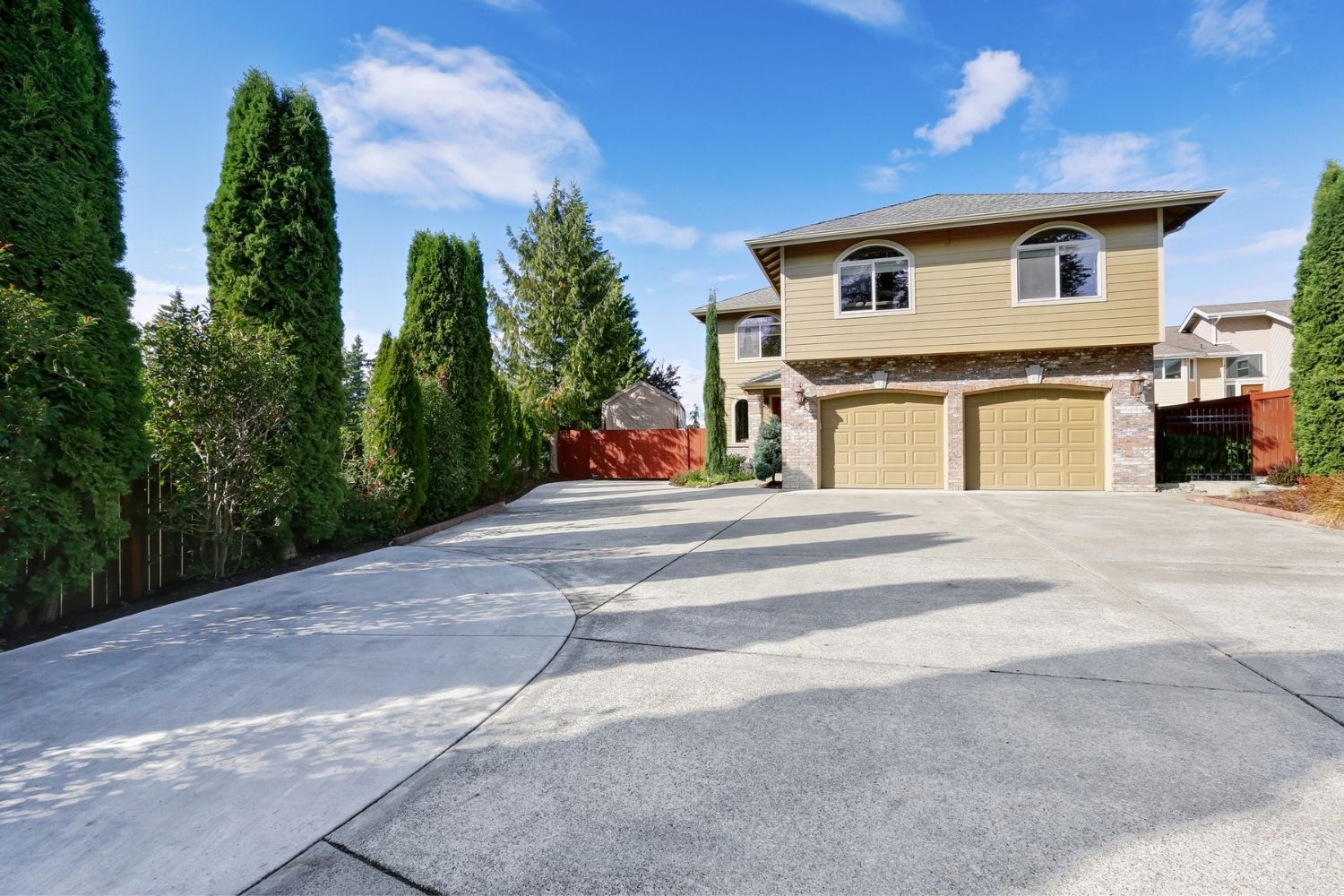
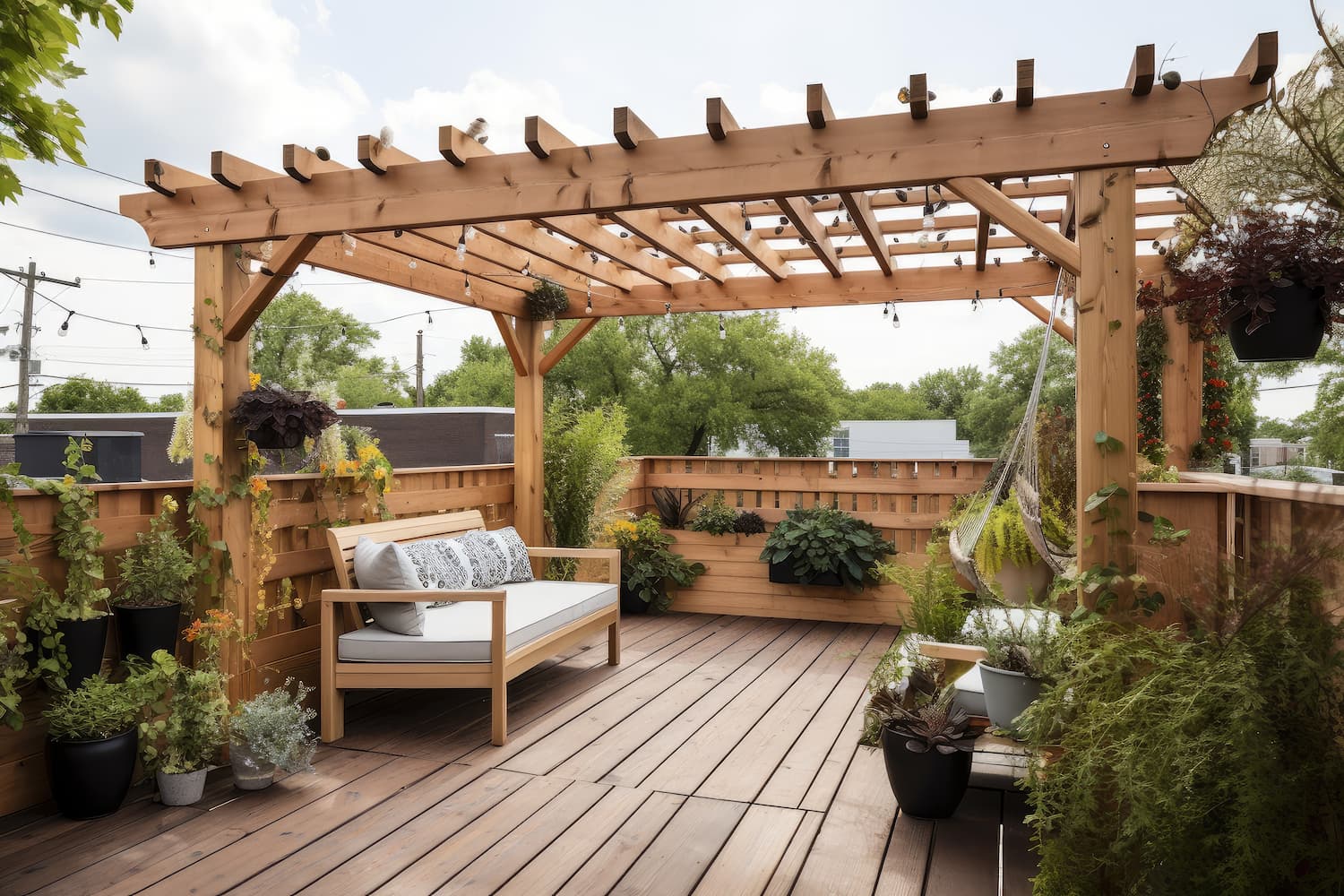
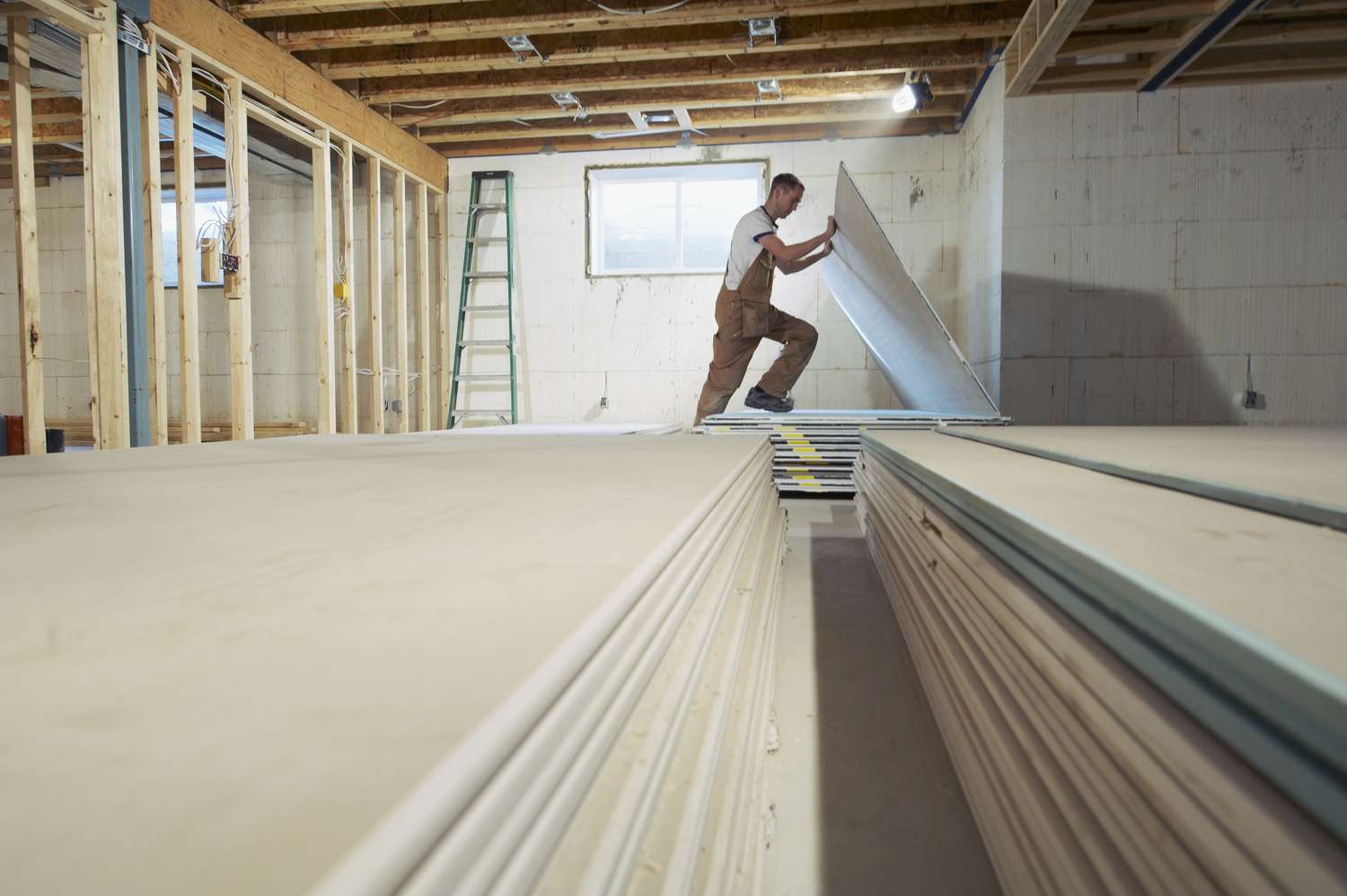
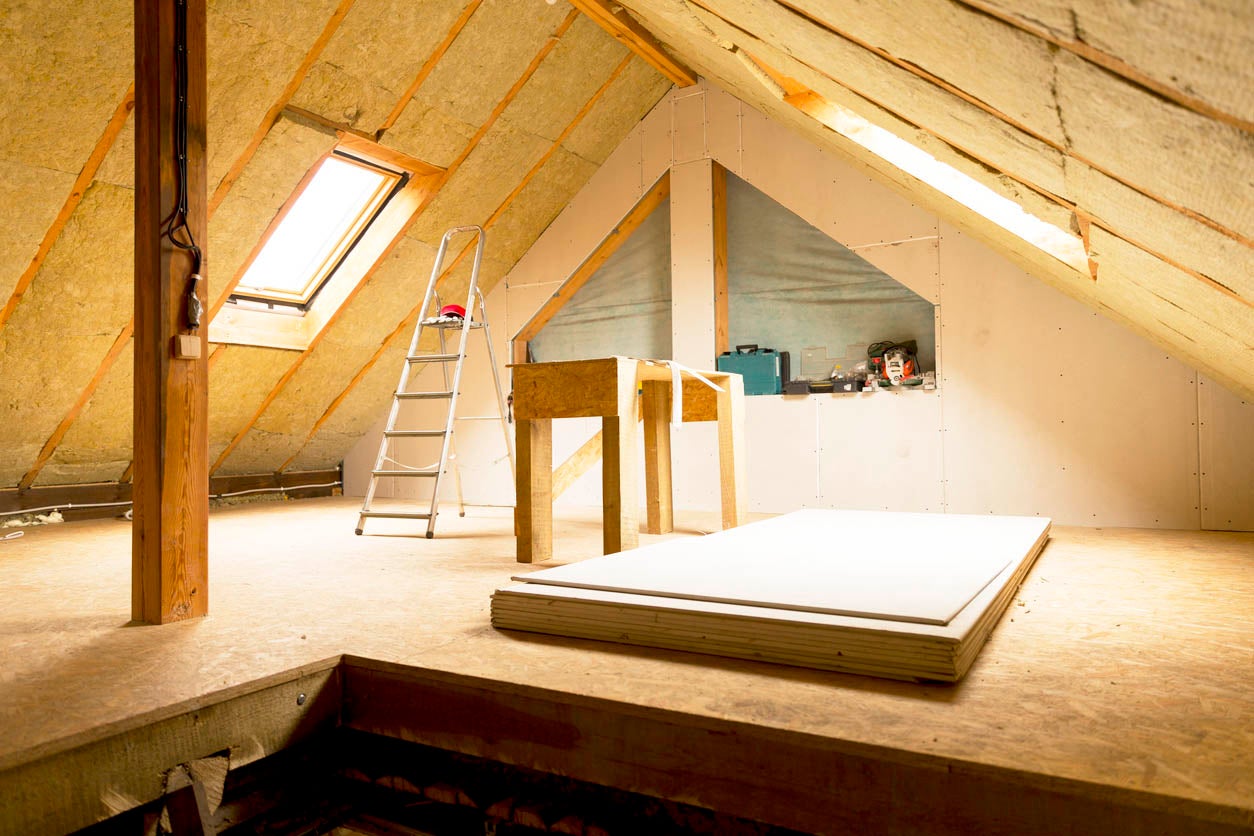
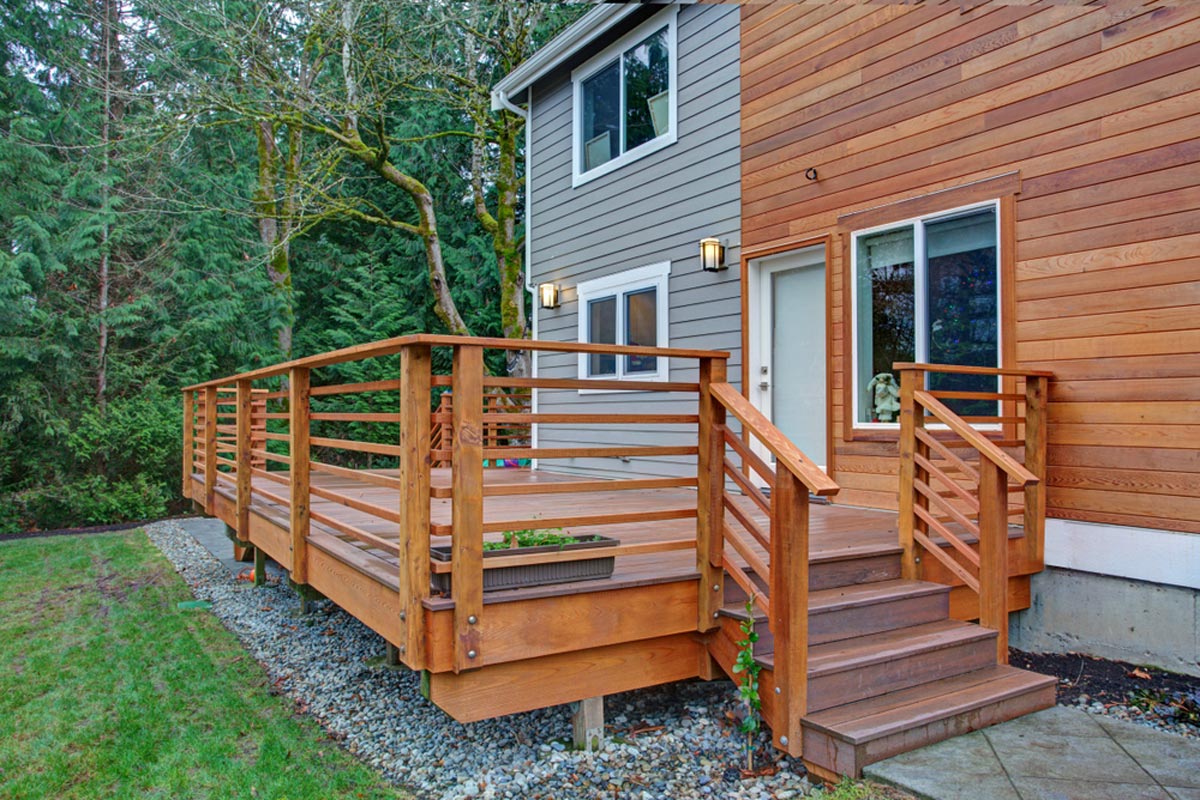

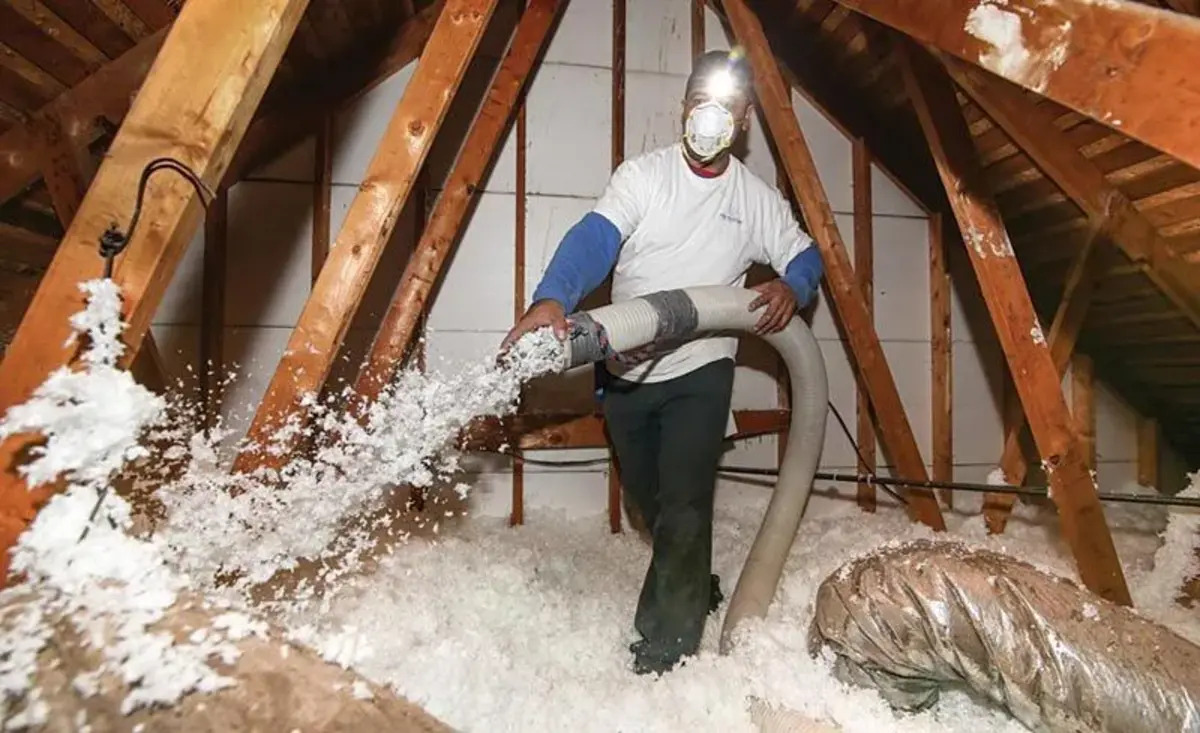
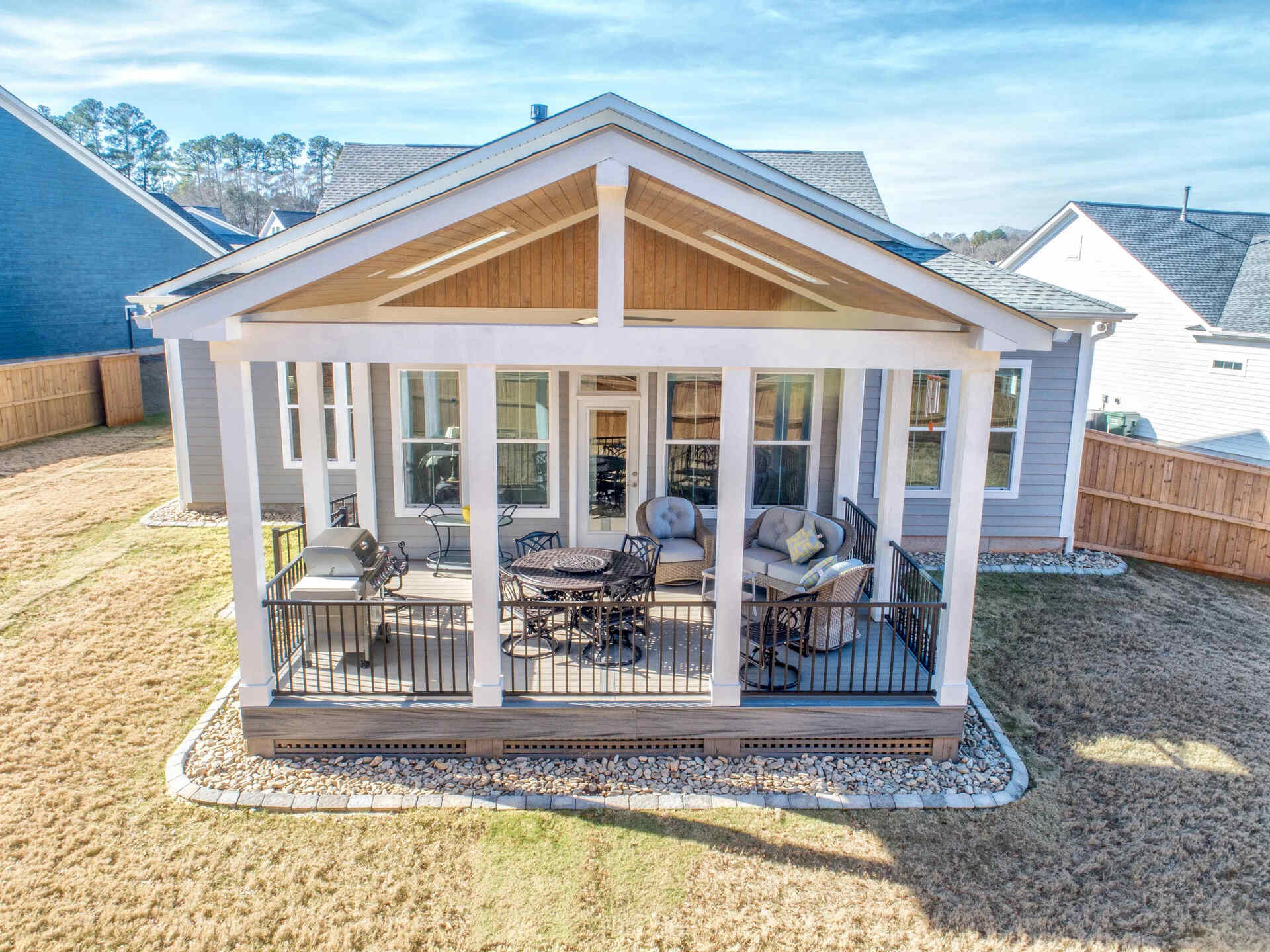
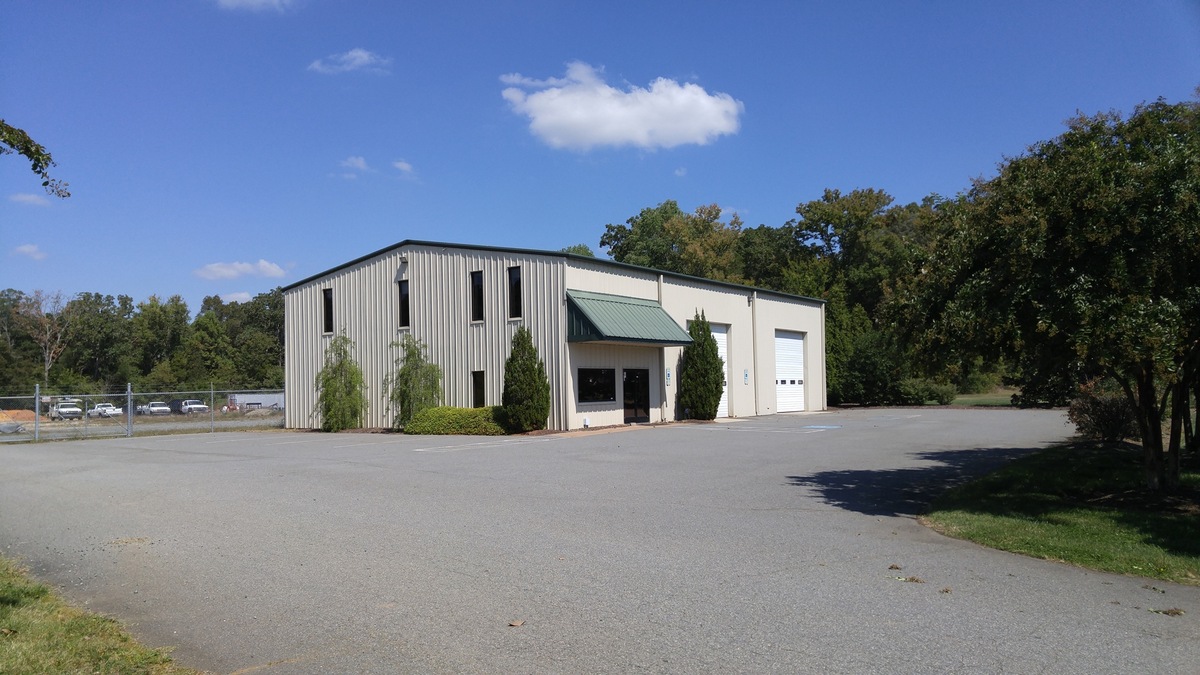

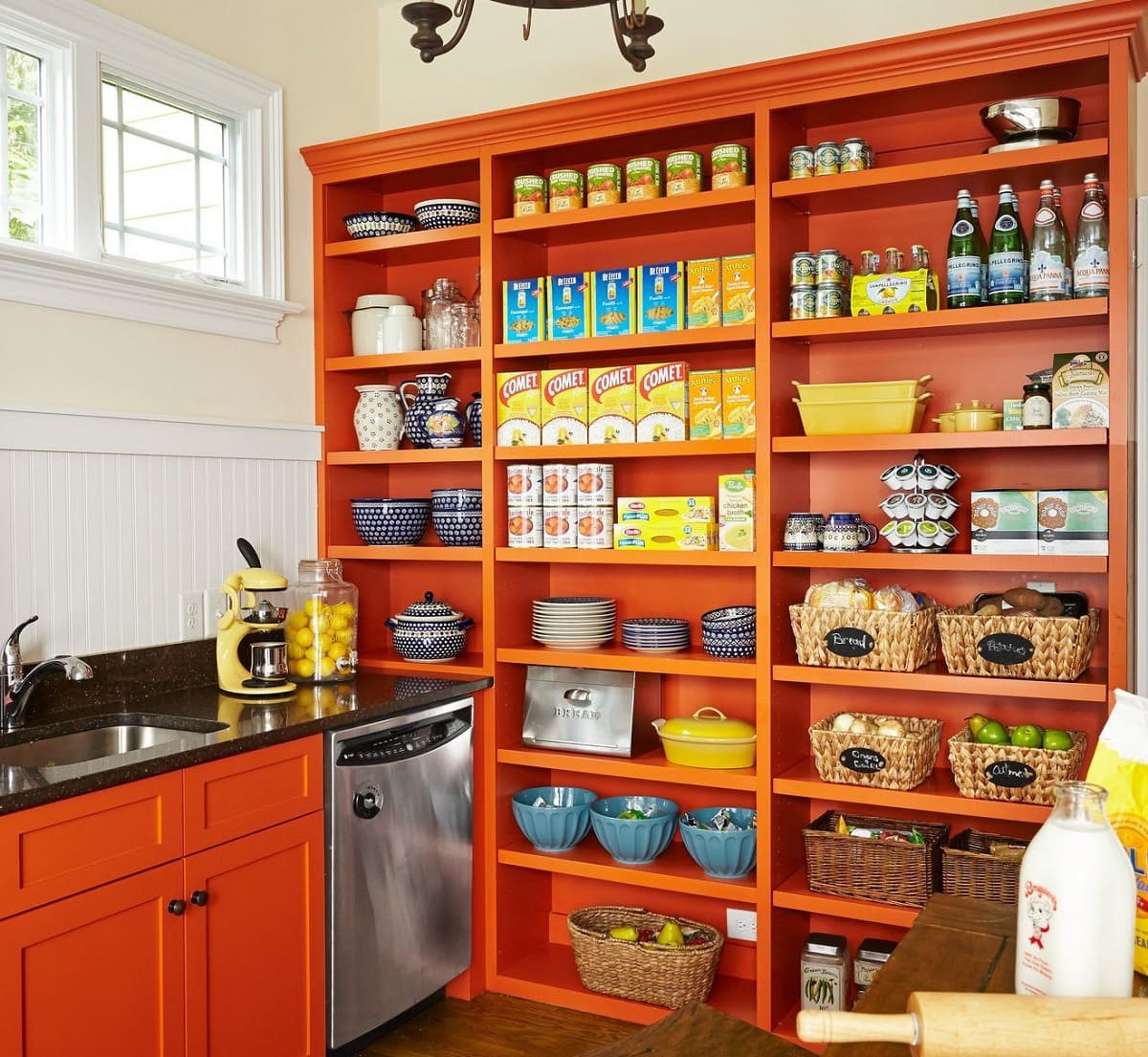

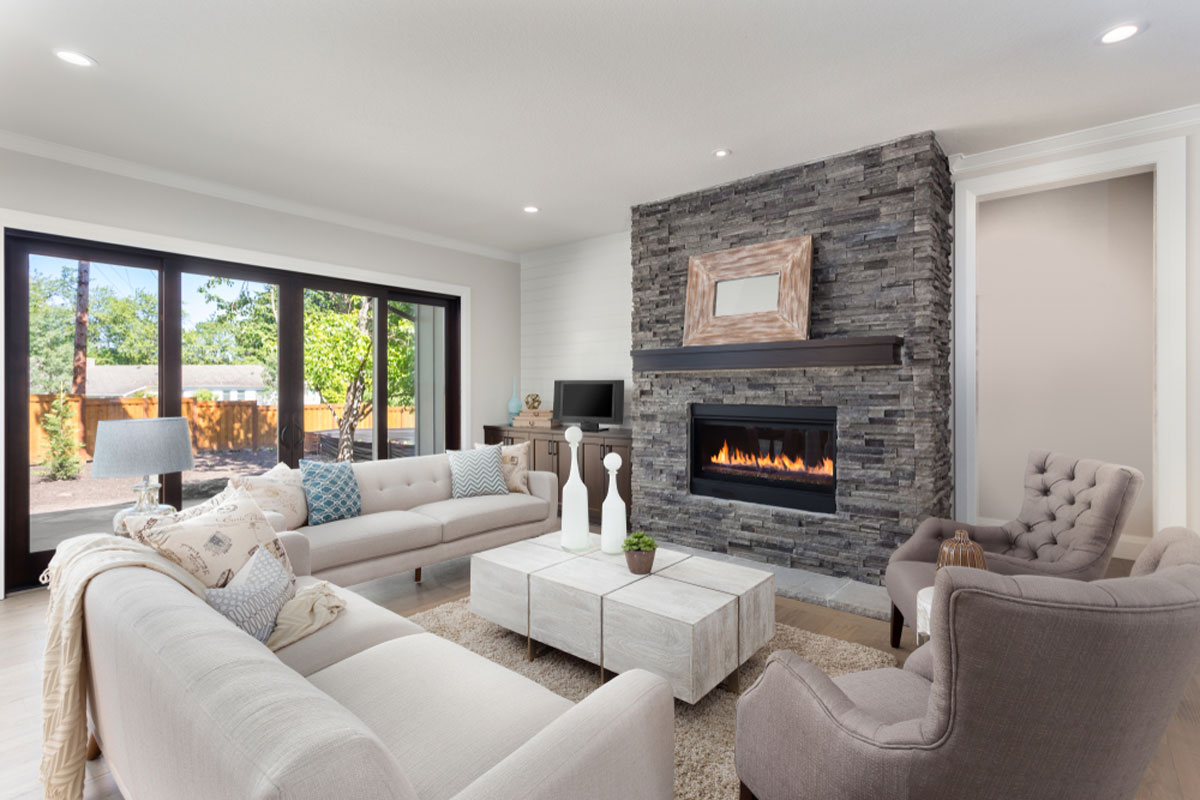

0 thoughts on “How Much Does Building A Tiny Home Cost”